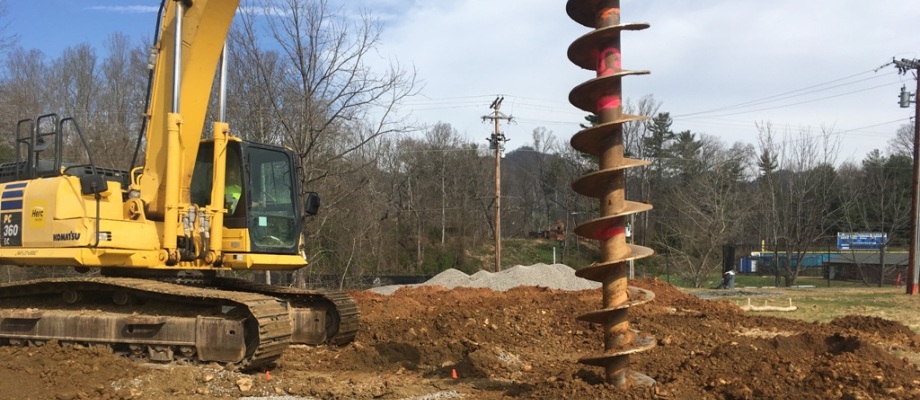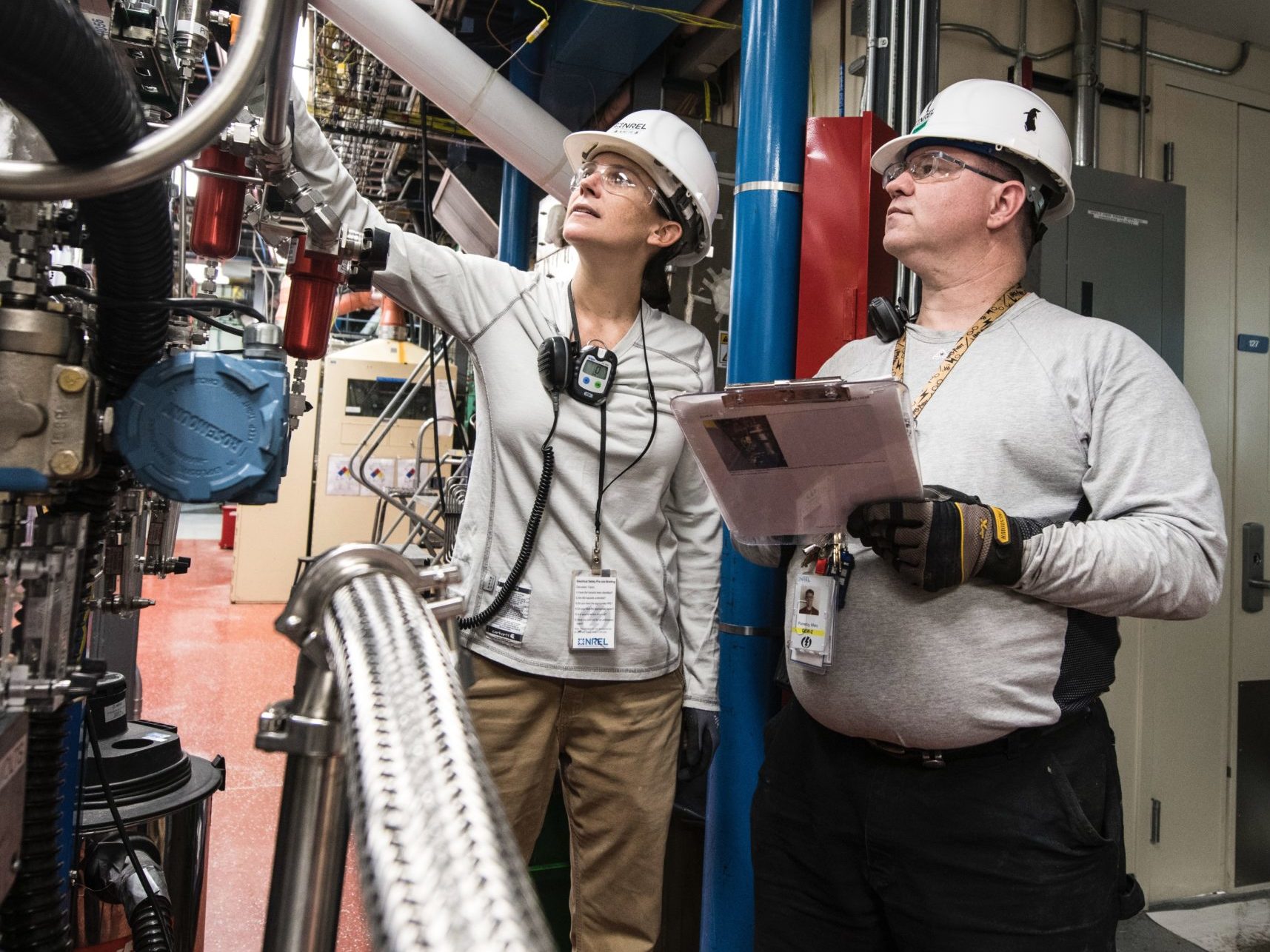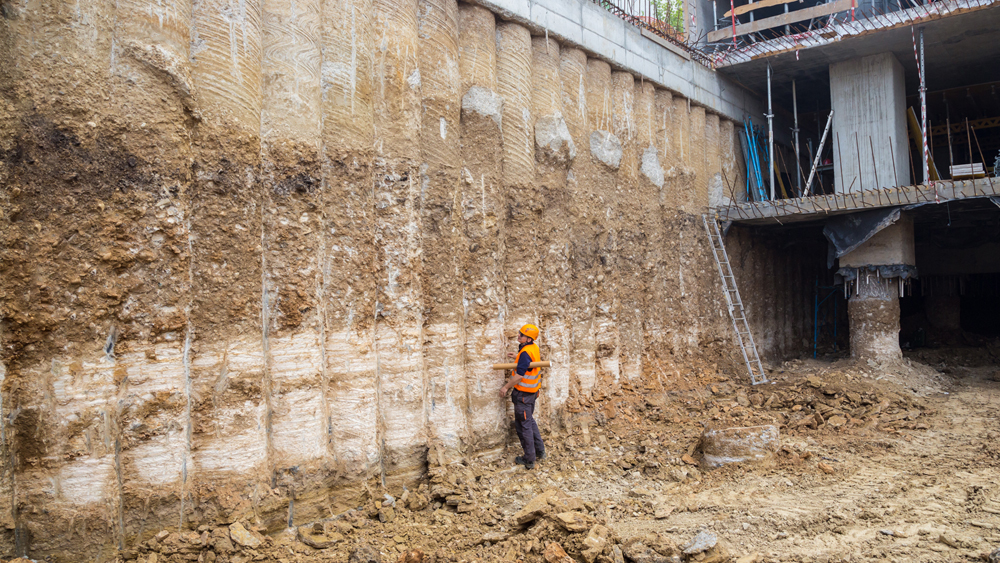A Complete Guide to Ending Up Being an Effective Geotech Engineer
A Complete Guide to Ending Up Being an Effective Geotech Engineer
Blog Article
The Crucial Contributions of Geotechnical Engineers in Evaluating Dirt Actions and Structure Layout for Sustainable Facilities Growth
Geotechnical designers offer as a foundation in the world of lasting infrastructure development, where their knowledge in assessing dirt habits straight influences the safety and long life of structures. By using sophisticated techniques such as Standard Infiltration Tests and Cone Infiltration Testing, they diligently assess dirt buildings, leading to notified choices on foundation layout.
Function of Geotechnical Designers

Along with website investigations, geotechnical engineers examine prospective threats such as soil liquefaction, slope stability, and groundwater problems. They apply innovative design principles to create options that mitigate these risks, making certain that styles follow relevant codes and criteria. Their job usually includes cooperation with other design disciplines, engineers, and ecological scientists to produce incorporated techniques to framework advancement.
In addition, geotechnical engineers add to lasting practices by advertising using materials and techniques that decrease environmental effect. Via their extensive understanding of dirt technicians and geology, they play an important function in cultivating safe, durable, and lasting framework that meets the requirements of culture while shielding the environment.
Soil Actions Analysis Techniques
Comprehending dirt behavior is essential to educated decision-making in geotechnical engineering, as it directly affects the style and building and construction processes. Different analysis techniques are employed to examine dirt buildings, ensuring accurate forecasts of its efficiency under different loading conditions.
One key method is the Conventional Penetration Test (SPT), which supplies understandings right into dirt thickness and uniformity via the resistance encountered during penetration. Likewise, Cone Penetration Testing (CPT) uses a continual account of dirt stratification and in-situ stamina specifications, making it possible for an extra comprehensive understanding of subsurface conditions.
Lab examinations, such as Atterberg restrictions, unconfined compressive toughness, and triaxial examinations, are vital for identifying soil behavior under regulated problems. These examinations facilitate the determination of essential criteria, including shear permeability, toughness, and compressibility.

Structure Layout Concepts
Foundation style principles are important for making certain the security and durability of structures, as they dictate how loads are sent from the superstructure to the underlying dirt. These concepts encompass numerous factors to consider, consisting of load-bearing capability, settlement, and lateral security. A thorough understanding of dirt technicians is necessary for geotechnical engineers to examine the communication between the dirt and the structure.
One secret principle is the appropriate selection of foundation type, which might consist of shallow foundations, such as spread grounds, or deep foundations, like caissons or piles, relying on dirt problems and architectural tons - geotechnical eng. The foundation should be developed to reduce differential settlement, which can result in structural damage

Sustainable Facilities Practices
How can we properly integrate sustainability into framework methods? Lasting facilities practices start with detailed site assessments, which review dirt behavior, neighborhood environments, and resource schedule.
Furthermore, using ingenious construction methods, such as using recycled products and low-impact foundations, significantly minimizes the carbon footprint of framework jobs. Geotechnical engineers play an essential role in choosing appropriate materials that boost toughness and sustainability, such as using geo-synthetics to boost dirt stability and lower erosion.
In enhancement, lasting facilities techniques need recurring monitoring and upkeep to guarantee that frameworks remain resistant gradually. This consists of carrying out adaptive administration approaches to address prospective ecological modifications. Collaboration amongst stakeholders-- consisting of designers, neighborhood areas, and policymakers-- is important for incorporating sustainability objectives right into project preparation and implementation. Ultimately, these techniques not just add to my blog the longevity of structures but likewise advertise a much healthier setting, aligning framework advancement with wider sustainability purposes.
Study and Applications
Instance researches in geotechnical engineering offer valuable insights right into the practical applications of dirt actions and lasting facilities methods. One remarkable example is the building of the Burj Khalifa in Dubai, where substantial soil testing and evaluation were performed to review the unique challenges positioned by the region's loosened sand and high water table. Geotechnical designers employed progressed strategies such as vibrant penetrating and cone infiltration screening to determine the soil's load-bearing ability, eventually resulting in the layout of a deep structure system that supports this renowned framework.
An additional crucial instance is the removal of the San Francisco-Oakland Bay Bridge after the 1989 Loma Prieta earthquake. Geotechnical evaluations disclosed the requirement for soil stablizing methods, including grouting and dirt nailing, to enhance the seismic strength of the foundation. These interventions not just improved the bridge's security however additionally added to its long life and sustainability.
Such study exemplify exactly how geotechnical engineers play a crucial function in comprehending dirt actions and using innovative options to make certain the structural stability and sustainability of facilities projects. civil consulting engineers. Their experience is necessary in dealing with the complex tests presented by numerous soil conditions throughout varied geographic areas
Final Thought
Finally, the payments of geotechnical designers are essential for the analysis of soil habits and the layout of structures, which are crucial for sustainable infrastructure advancement. Through the application of sophisticated testing methods and cutting-edge products, these professionals make certain the security and safety of frameworks while minimizing ecological effects. The assimilation of sustainable techniques advertises resilience in facilities projects, highlighting the relevance of cooperation among stakeholders to attain efficient building remedies that satisfy both social and ecological requirements.
Geotechnical engineers serve as a cornerstone in the realm of lasting framework advancement, where their experience in assessing dirt actions straight influences the security and longevity of structures.Geotechnical engineers play an important function in the layout and building and construction of framework by evaluating soil and rock actions to guarantee security and safety. A complete understanding of soil mechanics is crucial for geotechnical designers to evaluate the interaction between the dirt and the structure.
Geotechnical assessments exposed the demand for dirt stablizing techniques, consisting of grouting and soil nailing, to enhance the seismic resilience of the structure.In conclusion, the contributions of geotechnical engineers are essential for the assessment of dirt actions and the style of foundations, which are essential try these out for lasting infrastructure advancement.
Report this page